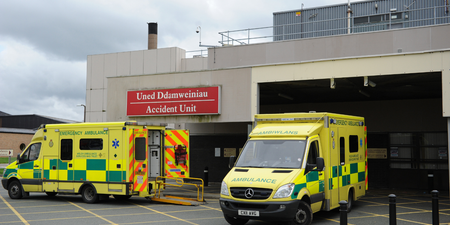Ireland’s first ever National Maternity Strategy has been published, with a focus on choice and empowerment during pregnancy.
Launching the €52m Strategy, the Department of Health said Irish maternity services would use an integrated, team-based approach, “with women seeing the most appropriate professional, based on their need.”
Commissioned following the tragic death of 31-year-old Savita Halappanavar, who was denied an abortion on medical grounds at Galway University Hospital in October 2012, the new strategy aims to “normalise pregnancy and birth as far as possible” in order to improve services.
Some key points from the new Strategy include:
- Every woman will have a named lead healthcare professional who will have overall clinical responsibility for her care during pregnancy and beyond.
- In cases where mother or baby require more specialised care, it may be appropriate to identify two professionals – one leading the care for the mother and one leading the care for the baby.
- As expected, the new plan will take the focus off of the obstetrician-led approach and give more access to home birth.
- According to the plans, normal or ‘low-risk’ deliveries will be offered Supported Care. Women in the Supported Care pathway will give birth in an Alongside Birth Centre (comfortable, low tech birth rooms with labour aids such as birthing balls and pools and complementary therapy). Women in this care pathway may also choose a homebirth. If an epidural, foetal monitoring or syntocinon is required, transfer to the Specialised Birth Centre will be organised and where possible the same midwife will continue the woman’s care. In an emergency, these would be brought to the Alongside Birth Centre.
- Medium or high risk deliveries will receive either Assisted Care or Specialised Care delivered by obstetricians and midwives and give birth in a Specialised Birthing Centre.
- A maternal retrieval service will be provided to ensure the timely and appropriate transfer of a clinically deteriorating woman and/or baby to the most appropriate facility.
- Women who experience miscarriage or receive bad news should be cared for in a private room or a medical/surgical/gynaecology ward, and should not be put in the same ward as pregnant women or newborns. According to the report: “While this practice is sometimes unavoidable at present, the capital investment in new maternity hospitals in the coming years should make it possible to stop this from happening at all.”
As a first step, the Programme will be required to develop and manage a detailed implementation plan and timetable, to deliver on the Strategy’s required actions. The plan will be finalised within six months.
What do you think about the plan? Let us know on Twitter @HerFamilydotie.


































